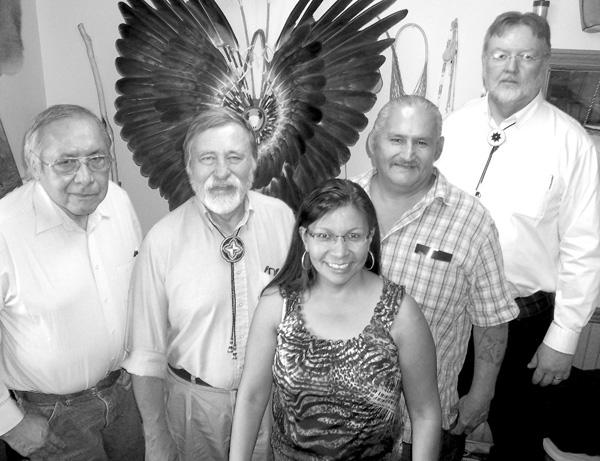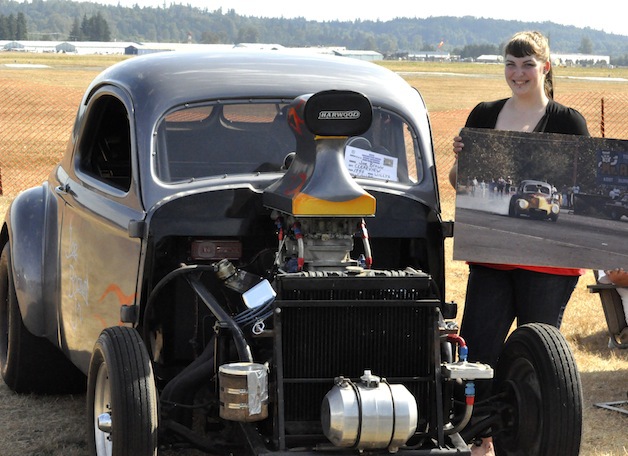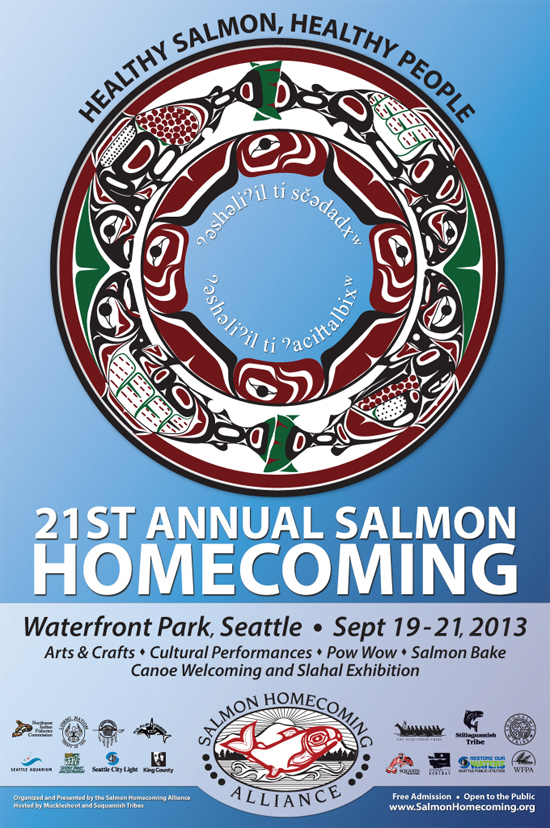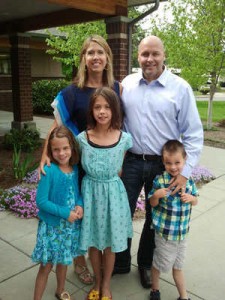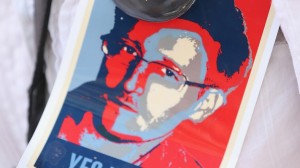Gale Courey Toensing, Indian Country Today Media Network
With the Connecticut governor joining Sen. Richard Blumenthal’s racist anti-Indian campaign against reforming the federal recognition process, the circle of opposition is almost complete.
The Republican American newspaper reported August 16 that Gov. Dannel P. Malloy “is lining up to oppose the latest efforts to grant federal recognition to three Connecticut Indian tribes.”
There are no “latest efforts” underway to grant federal recognition to Connecticut’s three remaining state recognized tribes – the Eastern Pequot Tribal Nation, the Golden Hill Paugusetts, and the Schaghticoke Tribal Nation. But Blumenthal has succeeded in stirring up fear and trembling in Connecticut’s local, state, and federal elected officials over Assistant Secretary for Indian Affairs Kevin Washburn’s “Preliminary Discussion Draft” of potential changes to the federal acknowledgment regulations.
RELATED: Washburn’s Bold Plan to Fix Interior’s Federal Recognition Process
“The governor shares the concerns of Connecticut’s federal delegation and the attorney general regarding the potential impact of the proposed Bureau of Indian Affairs tribal recognition regulations,” Malloy’s spokesman Andrew Doba said in the report.
Two weeks after Washburn released the draft, Blumenthal organized a meeting in his Connecticut office on July 9 to rally officials against it. “Why reopen this very acrimonious and painful chapter of Connecticut and tribal history when we have come to a place of peace and understanding?” Blumenthal said in the report.
RELATED: Blumenthal Stirs Opposition to Federal Recognition – Again
This is nothing new on Blumenthal’s part. It’s a replay of his successful effort in 2005 to reverse the federal acknowledgment of the Eastern Pequot Tribal Nation (EPTN) and the Schaghticoke Tribal Nation (STN), which were given Final Determinations in 2002 and 2004, respectively. After a relentless and orchestrated campaign of opposition against the STN by local, state and federal elected officials led by Blumenthal and an anti-Indian sovereignty group and its powerful White house-connected lobbyist, Barbour Griffith & Rogers (BGR), the BIA in an unprecedented move issued Reconsidered Final Determinations and took away both tribes’ federal acknowledgment.
The governor joined Blumenthal’s pre-emptive strike on the reform effort a few days after the Hartford Courant, the state’s oldest newspaper, published an editorial supporting the effort to stop additional Connecticut tribes from being acknowledged and opening casinos.
RELATED: Hartford Courant Joins Blumenthal’s Anti-Indian Campaign
With all of Connecticut’s elected officials and its newspaper of note lining up behind Blumenthal, the only thing remaining to provide a complete déjà vu all over again of Connecticut’s 2005 anti-Indian movement is the resurrection of TASK – Town Action to Save Kent. TASK was a group of wealthy landowners in Kent where the Schaghticoke Tribal Nation has its 400-acre reservation. The group formed a political action group and hired the then White House-connected lobbyist Barbour Griffith and Rogers – now known as BGR to carry out “strategies of surrounding the Department of the Interior” and contacting senior White House and agency officials at Washington events such as the National Governors Association and the Republican Governors Association annual meetings in order to overturn the Schaghticoke federal acknowledgement.
Read more at http://indiancountrytodaymedianetwork.com/2013/08/30/connecticut-governor-joins-blumenthals-anti-indian-campaign-151098


